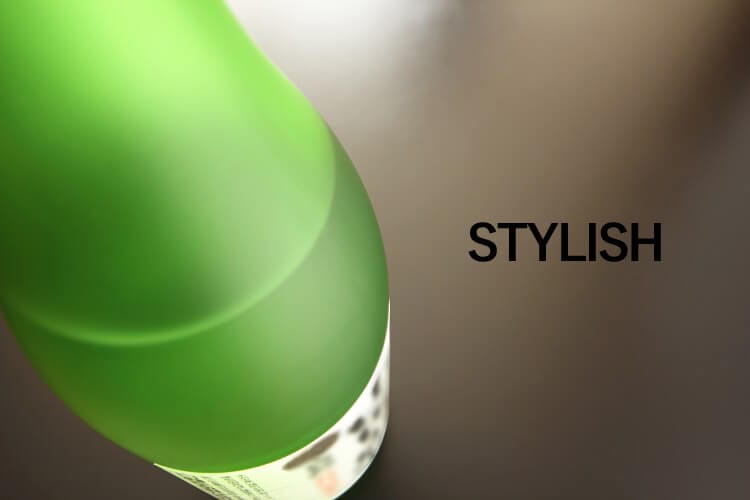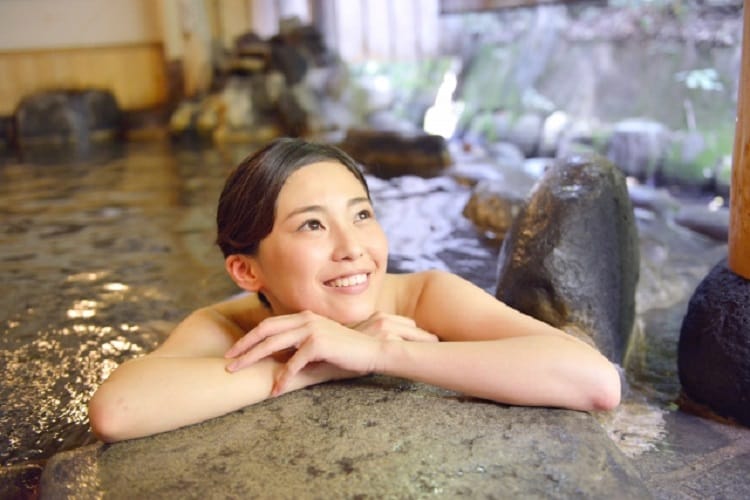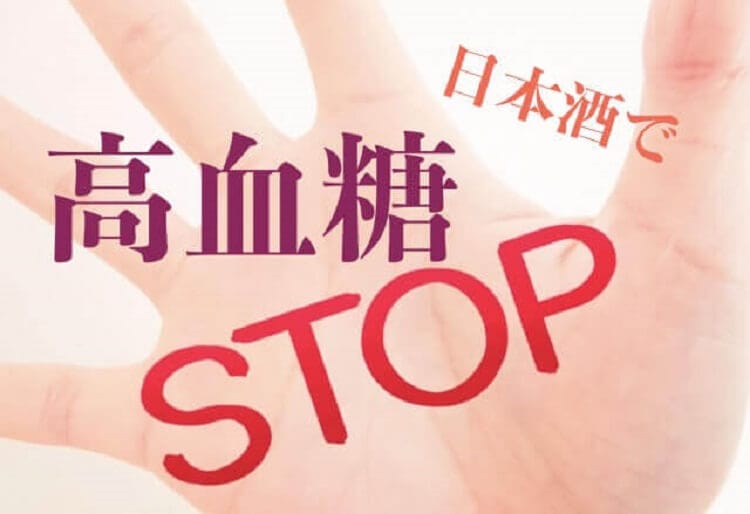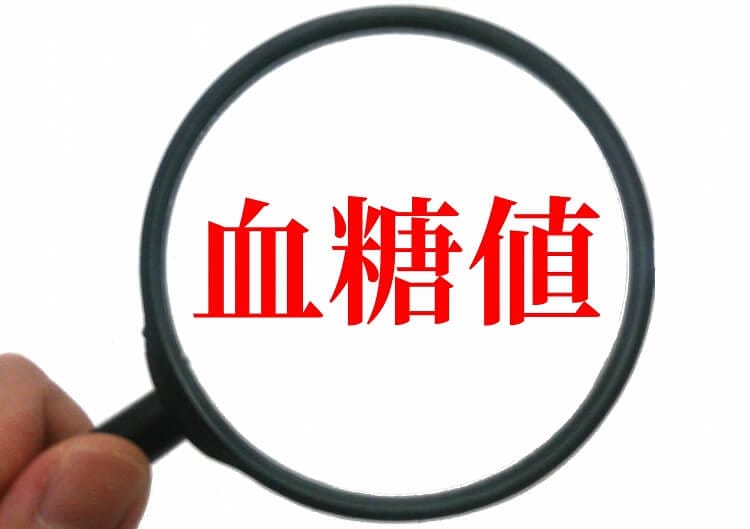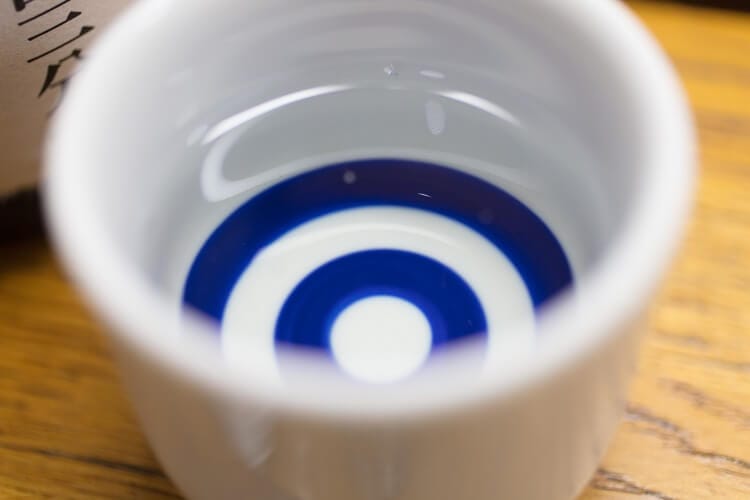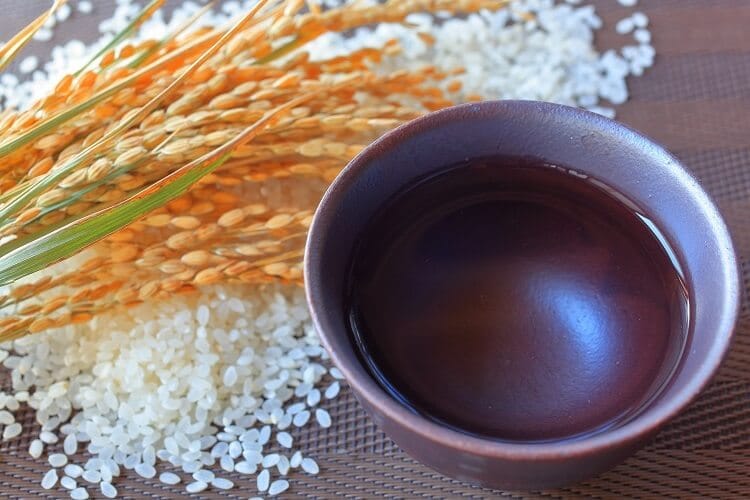
Japanese food has become increasingly popular overseas since it was registered as a "Japanese Cuisine" World Intangible Cultural Heritage in 2013. This boom is not only about food, but also about drinks. In particular, Japanese sake, a traditional alcoholic beverage in Japan, has been increasing its overseas export fees every year, indicating the level of attention overseas. Among them, the largest export destination of sake is the United States, which accounts for about a quarter of the total export volume.
In this article, we will introduce the current status and future prospects of the US sake market. As the production of sake in Japan is declining, the surviving way of Japanese sake, which can be said to be Japanese traditional crafts, may be found overseas.
Sake market in Japan
The environment surrounding breweries in Japan is extremely harsh. In fact, the consumption of sake (sake) in Japan in Japan has been decreasing year by year, and the consumption of sake has dropped to about one-third compared to 40 years ago (Reference: National Tax Agency "Sake Bookmarks "3 edition). In addition, the number of breweries themselves has decreased significantly, with data indicating that the number of breweries from 1 in the 30s to about 30 in FY4,000. This trend is expected to continue in the future.
This reduction in market size is largely related to the fact that Japanese people are leaving sake and the number of people who make sake is decreasing. In fact, one of the characteristics of sake makers is that most of them, except for some large ones, are small, community-based businesses. In the old breweries that have run such local brewing, the number of craftsmen who are indispensable for sake brewing, such as Toji and brewers, is decreasing. As craftsmen age, if the number of workers continues to increase, valuable sake-making technology will be lost without being passed on to the next generation.
Expansion of the Japanese sake market in the United States
While the Japanese sake market is shrinking, the overseas sake market is expanding year by year. Let's look at specific numbers. According to the latest data, the export volume of sake in 2018 was 2,574 liters, up 6,831% from the previous year, and the value was 10 yen, up 222%. In fact, sake exports are increasing year by year, and the value of exports has tripled and the amount of exports has doubled compared to 3,150 years ago. Among them, the United States is the number one export destination. Exports to the United States account for 7000% and 19% of total exports (volume (10 kiloliters) and value (3 billion yen), respectively).
Originally, sake in the United States was offered to Japanese people at Japanese restaurants. However, the popularity of sake has also risen in the United States, and today many locals enjoy it as "SAKE" at many restaurants and bars. However, at the beginning, the variety of sake and the knowledge of delicious sake were poor, and poorly managed sake often led to poor-tasting sake.
“The US National Sake Appraisal” is an organization that has helped to improve this situation. This is the longest-established sake fair outside of Japan, and has been strictly screened since the first year of 2001. In addition, as a related event, open-living sake associations have been held in cities around the world, and have greatly contributed to the development of the Japanese sake market in the United States, including the enhancement of sake popularity and knowledge. In addition, it can be said that sake awarded at overseas fairs has revived its popularity in Japan, and has a positive effect on the domestic market.
Craft Sake Increasing in the United States
With the growing popularity of sake in the United States, sake breweries in the United States are also increasing. According to UrbanSake.com, a brewery information and review site in the United States, the number of houses was about 2000 in 5, but has increased to 2017 in 21.
Among them, this time we will introduce the first brewery "Brooklyn Kura" in New York, USA, which started in January 2018.
New Yorkers' first sake brewery in New York
In January 2018, Brooklyn Kura, the first brewery in New York, USA, was launched by Brian Polen, Brandon Doughan, and two Americans. . Brooklyn is said to be the epicenter of cutting-edge culture. The storehouse is located across the Brooklyn Bridge, east of Manhattan's East River, known for Times Square, Wall Street and the Empire State Building.
Since the 1990s, artists seeking low rent and a livable environment have been relocated, and small and unique shops and fashionable hotels and restaurants with renovated warehouses are opening up one after another.
In particular, the waterfront area of Sunnyside Park was used as a factory from the 19th to the 20th century, but now it has been renovated many large buildings that have been lost, and the stylish area "Industrial City (Industrial City)"・ City) ”. Industry City on the waterfront overlooks New Jersey, with the Statue of Liberty nearby. Opposite the waterfront is Brooklyn's largest Chinatown. Get off at the nearest subway station (36th Street N, R, D train), which has recently served as the venue for the Brooklyn Flea Market, and you'll see nothing but a rural town. However, walking along the waterfront, you will arrive at those warehousing areas.
Industrial City is a vast site of 3 square feet (approximately 843 tsubo) with 16 similar buildings. Originally a spacious site with only a warehouse and factory. The passages between buildings are full of green in summer and have tables and chairs, so you can sit where you want. However, because the site is large, it seems that you will need to walk with a signboard until you reach the shop you want.
Brooklyn Kura has opened in a corner of a unique complex with a wide variety of shops and co-working spaces for miscellaneous goods, fashion and food. It has a distinctive blue door with a geometric motif, and does not feel like a bar like a bar for sake. Outside light pours in from the glass-rich wall, and the interior feels like a cafe with a sense of openness and easy access.
The charm of SAKE born from the encounter between mathematics and chemistry
The first time Brian and Brandon drank sake was at an American sushi restaurant.
The hot sake that I drank at that time had a strong bitterness, tasted like spirits, and did not seem to have that delicious impression on sake. Also, except for certain foodies, many Americans generally seem to have similar experiences with sake. After that, he met Japanese sake again at a bar in New York called "Decibel", which offers high quality sake, and was surprised at the taste. This encounter will bring Brian into the appeal of sake.
Previously, Brian worked as a technical analyst for AMEX and Brandon worked as a biochemist at a university in Oregon. In 2013, the two meet when they come to Japan to attend a common friend's wedding. During the conversation, there was a lot of talk about the high-quality sake you drink in Japan and the poor quality “hot-sake” offered at American sushi restaurants, and toured sake breweries in Kyoto and Hida-Takayama together. It seems to have been. Until then, the two who knew little about sake were fascinated by the taste of sake in traditional sake breweries. In the United States, although brewing technology is increasing along with the popularity of craft beer and craft wine, it is doubtful that local sake is not made much. If they don't, they decide that they can make their own, and they decide to make sake in the United States. During my stay in Japan, I will be trained at Takashima Sake Brewery in Numazu City, Shizuoka Prefecture, Miyasaka Brewery in Suwa City, Nagano Prefecture, and Saké One in Portland, USA. At the same time, I learned sake brewing through books.
Brandon has long been making craft beer at home as part of his hobby. He is more interested in "fermentation" than beer, and has experience making soy sauce at home. After encountering delicious sake in Japan and observing the manufacturing process, I came to consider sake as the most unique fermented product among alcoholic beverages. After learning a series of sake brewing, as soon as they return to the United States, they begin to challenge their home brewing with limited skills and knowledge.
In 2016, we will begin renting a small space in the Bushwick area of Brooklyn experimentally. At that time, it was technically inexperienced and had only about one tenth of the current technology, and while everything was fumbling, information was collected on the Internet, and trial and error was repeated while relying on advice from acquaintances in the brewery. In the search for more delicious sake, he has been improving his sake brewing skills on his own. In March 10, we secured a place in Industry City, and began preparing facilities around June.
As we continue to experiment with sake making every day, our desire to make high-quality sake and to convey the true taste and high quality of sake to New York and the entire United States has changed into conviction. A brewery was opened in Industry City with a tap room (a bar area for tasting). It started as a full-fledged brewery.
Brooklyn SAKE from the warehouse district
The sake rice used as the raw material uses Yamada Nishiki made in Arkansas, USA and Calrose rice made in California. It is said that the water is manufactured using Brooklyn's from New York over 30-45 days. New York water is also known for its soft water and good quality. It draws water from New York's Catskills Mountains in Lake Catskills, New York, through a large water pipe, making it one of the cleanest waters in the United States.
Aspergillus is imported from Japan and koji is produced by itself. Yeast seems to use various kinds from Japan and the United States.
Among the equipment required for sake brewing, a rice washing machine and a machine for measuring acidity were obtained from Japan, and a machine for steaming rice was designed by Mr. Brandon himself. The steamer has the “NASA” logo, and you can hear the American humor of Brandon, who was originally a scientist.
They are focusing on Junmai Ginjo sake. It has a flowery aroma and a light mouthfeel like fruity, high quality wine.
There are also lots of Sake in their taproom that are not yet known in the United States. Offers rich flavored Origarami sake, fresh Shibori-tate, and fermented Moromi, directly from the tank to the tap room with the rice grains still remaining doing. In the future, with the addition of Junmai sake, Junmai Ginjo fresh storage, muddy sake, sparkling sake, etc., the production will be increased to a maximum of 300 stones per year (Koku / one stone = 180 liters), and will be distributed to major liquors and bars in the city. The goal is to go.
Brooklyn Kura's tap room offers snacks of broad beans, ham, sausage, cheese and pizza. Although it is a very American lineup, the concept is a tap room where you can easily stop by while exploring the surrounding area, with a menu that is familiar to the local people and is easy to accept, not limited to Japanese food. Also, a service that can be said to be unique to Brooklyn Kura, which offers freshly made Sake from the next brewery, such as giving a presentation showing the sake rice used for the ordered Sake, is also interesting to attract interest in sake Is an attempt.
Spread sake, rooted in the region
On the west coast of the United States, there was a storehouse that brewed sake for some time, but New York was an untapped area and they had a chance to enter a new market. Furthermore, by setting the location of the brewery to Industrial City, it was possible to participate in communities created by surrounding manufacturers and retailers, and gain various benefits such as acquiring sales channels.
There are bars in New York that offer high quality and delicious sake like the aforementioned Decibel, but many New Yorkers are unaware of this and still drink hot sake at local sushi restaurants. Through Brooklyn Kura, they spread the diversity of sake rooted in the region and its rich appeal, and revolutionized the stereotype that alcoholic beverages that are warmed with Japanese food such as sushi are drinkable. I have a desire. Sake is offered in a wide range of temperature ranges, and you can enjoy the marriage of sake and cuisine by combining it with various dishes, as well as the deliciousness of sake alone. We aim to spread diverse ways of enjoying in New York and throughout the United States.
Brooklyn Kura aims to create a sake brewery that is deeply connected to the local community. It offers not only fresh and delicious sake to the region, but also a tap room as a space for workshops and events. It seems that he will also focus on education. In Brooklyn, which is said to be the epicenter of cutting-edge culture, this sake brewery, which spreads the appeal of rich sake, is expected to spread a variety of ways to enjoy it in New York and throughout the United States.
I am also eager to interact with Japanese sake brewers and contribute to sake culture in Japan. In the near future, the younger generation of Japanese sake will be accepted by Brooklyn for sake, and the number of new sake fans may increase.
Summary
A popular barbecue shop and a Japanese food hall, "Japan Village", have also opened in Industry City. It is approximately 30 minutes by subway from Manhattan Midtown. When visiting New York, why not stretch out and savor the local Sake.

